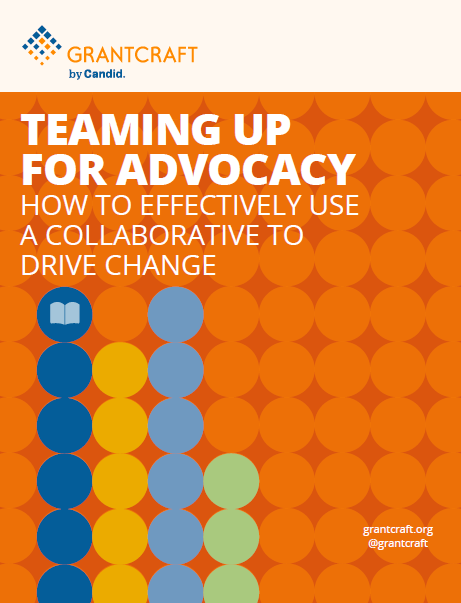In 2020 We’re Thinking about Philanthropy, Politics, & Advocacy
Welcome to 2020! It’s election season! Or should I say impeachment season? Or presidential debate season? And let’s not forget Census season. While we all work for mission-driven organizations that are usually non-partisan in nature, policy strategies that the current administration and the presidential hopefuls are developing have the potential to significantly impact the communities and issues we support.
As a result, you may be wondering whether or how philanthropy is responding to shifting political winds. Candid was wondering the same thing, so last year we conducted a survey asking 645 of the largest U.S. foundations whether they had changed their giving priorities as a result of the outcome of the 2016 presidential election. A recent PhilanTopic blog post from Candid’s own Larry McGill, VP of knowledge services, shares a detailed summary of the survey results and key highlights.
We learned that though the vast majority of grantmakers, 88 percent, reported making no changes, 12 percent reported making some “notable changes.” Among those who did feel it important to make changes, most did so in connection with five specific causes: immigration; civic engagement/democracy; equity/social justice/intolerance; the environment; and health care. And, in some cases, foundations also established "rapid response" funds to help grantee organizations that might be facing new or urgent challenges in carrying out their work. (This begs the question of why there is not always “rapid response” funding if that is a more efficient means of getting money out the door, but I digress.)
Grantmakers who did change their giving also mentioned an increased interest in policy and advocacy work, particularly in regards to healthcare, the environment, and DACA-related efforts. If your foundation is curious about or already supporting advocacy, we just published a new GrantCraft guide that’s a compendium of our best grantmaker peer advice on this issue.
The guide, Teaming Up for Advocacy, focuses on the power of partnerships to bring about change, and how to effectively make progress with donor and advocacy collaboratives. This “best of GrantCraft” approach makes our curated content more accessible and flexible for you and your peers to use. Looking at why advocacy funding has historically been the “philanthropic road not taken,” this timely resource is a helpful roadmap for those who might now find that path more tempting or desire to try a “safety in numbers” approach to the work. Topics covered in the guide include the benefits of participating in an advocacy collaborative, elements of success, staffing, strategy setting, and overcoming fears and roadblocks.
Whether 2020 means you are setting off on the path not taken or staying the course, we hope that you learn a lot on your journeys and that you consider sharing those lessons with us on GrantCraft.
This letter originally appeared in GrantCraft's newsletter. To stay updated with our newsletter and special alerts, sign up here.



